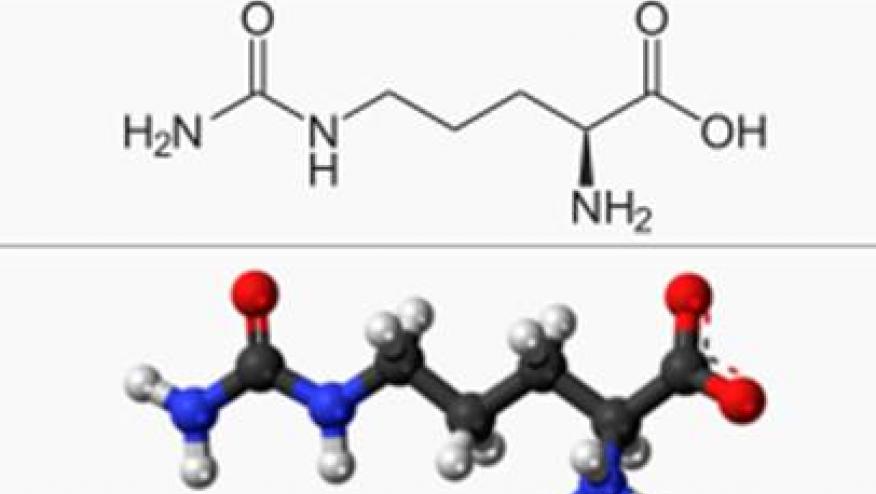The History of Citrullination (Best of 2015) Save

1998 marked the introduction of citrulline as a unique target in the pathogenesis of rheumatoid arthritis. The hallmark article by Schellekens et al in the Journal of Clinical Investigation has since been cited over 500 times. Dr. David Fox reviews the history and hallmarks of citrullination in the current issue of the Journal of Immunology (July 2015).
Highlights of the article include:
- Aside from being derived by posttranslational modification of arginine (mediated by peptidyl arginine deiminase), citrullination may involve numerous proteins including histones, cell surface receptors, and is important in netosis (that depends on histones).
- ACPA and anti-CCP include antibodies against vimentin, fibrinogen, α enolase, fillagrin, type II collagen.
- ACPAs are formed in inflammatory tissues (e.g., synovium) and may form immune complexes, Fc receptor interactions, netosis and osteoclast activation.
- ACPA is associated with known risk factors for RA: the shared epitopes, smoking and gingivitis.
The science of citrullination and ACPAs has evolved such that other post-translationally modified proteins have been discovered (e.g., carbamylation) and are changing our understanding of rheumatoid inflammation.










If you are a health practitioner, you may Login/Register to comment.
Due to the nature of these comment forums, only health practitioners are allowed to comment at this time.